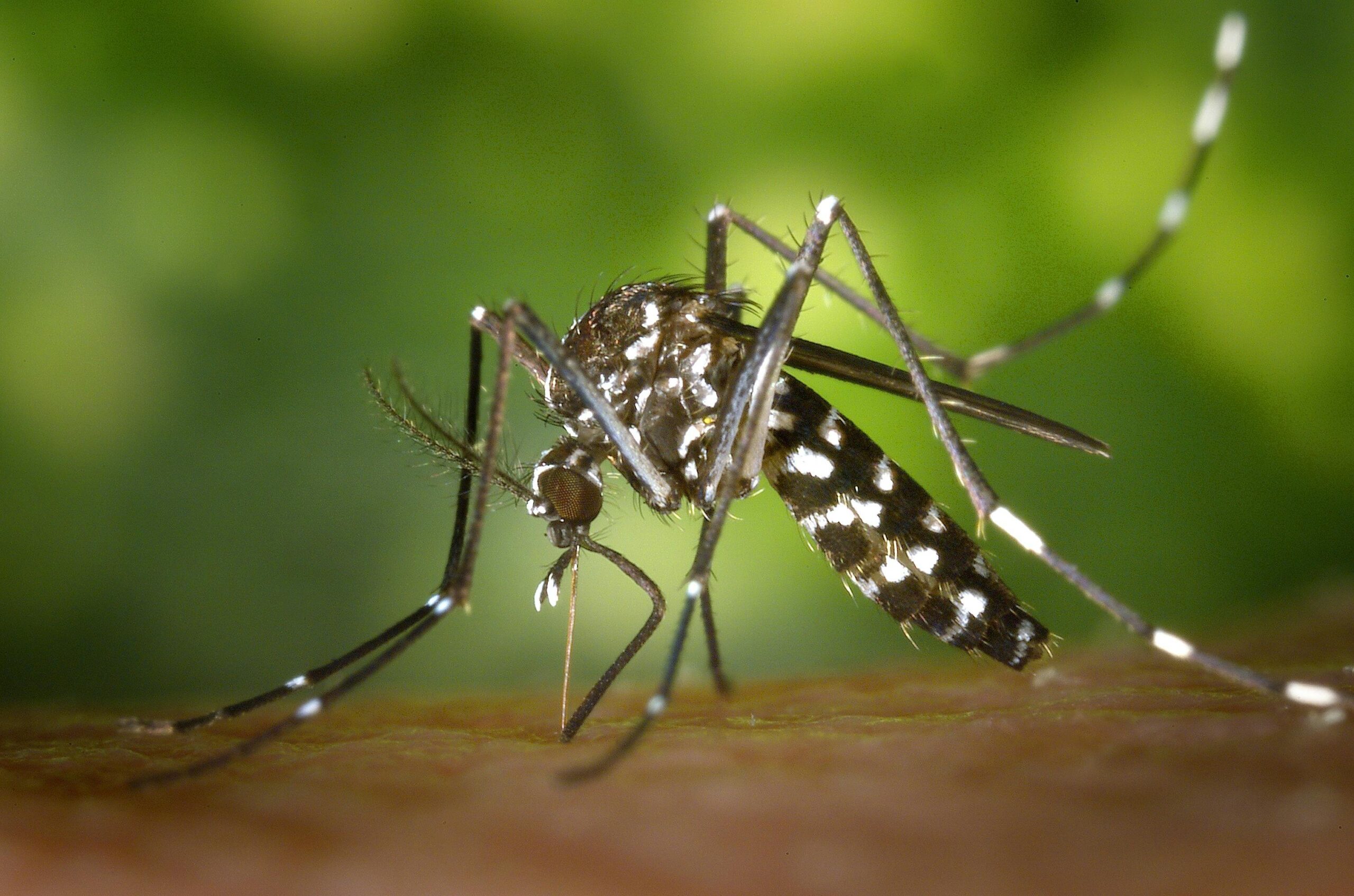Chandipura Virus Wreaks Havoc in Gujarat: Symptoms, Transmission, and Prevention
Chandipura Virus is an emerging pathogen that has recently caused significant concern in Gujarat, India. Six Children are reported to be dead of the virus since July 10. This viral infection, transmitted primarily by sandflies and mosquitoes has led to a number of severe and sometimes fatal cases, particularly affecting children. Understanding the virus, its transmission, symptoms, and available treatments becomes crucial in combating its spread.
Types and Categories
Chandipura Virus belongs to the Rhabdoviridae family, a group of viruses that also includes the rabies virus. Within this family, the virus has distinct variants that have been identified through various outbreaks in India and other parts of the world. While primarily found in India, similar viruses have been detected in neighboring regions, suggesting a broader geographical distribution.
Symptoms and Signs
The symptoms of Chandipura Virus infection range from mild to severe. Common symptoms include sudden onset of high fever, severe headache, vomiting, and convulsions. In severe cases, the virus can lead to acute encephalitis, resulting in neurological complications and even death. Children are particularly susceptible, often presenting with more severe symptoms compared to adults.
Causes and Risk Factors
Transmission of Chandipura Virus occurs through the bite of infected sandflies and mosquitoes. Environmental factors such as monsoon season, and poor living conditions, which facilitate closer contact with these vectors, contribute significantly to the spread. Additionally, socioeconomic factors like inadequate healthcare infrastructure and limited public health awareness exacerbate the risk.
Diagnosis and Tests
Diagnosing Chandipura Virus involves a combination of clinical assessment and laboratory tests. Blood tests and cerebrospinal fluid analysis are commonly used to detect the virus. However, the similarity of symptoms to other viral infections can complicate diagnosis, necessitating advanced techniques like PCR and virus isolation for confirmation.
Treatment Options
Currently, there is no specific antiviral treatment for Chandipura Virus. Management focuses on supportive care to relieve symptoms and prevent complications. This includes maintaining hydration, controlling fever, and treating convulsions. Research into antiviral therapies is ongoing, with some promising experimental treatments under investigation.
Preventive Measures
Preventing Chandipura Virus requires a multi-faceted approach. Public health guidelines emphasize vector control through the use of insect repellents, bed nets, and environmental management to reduce sandfly and mosquito breeding sites. Personal protective strategies, such as wearing long-sleeved clothing and avoiding outdoor activities during peak sandfly and mosquito activity, are also recommended. Community education and governmental initiatives play a vital role in raising awareness and implementing effective preventive measures.
Also Read: Beware of This Brain Eating Amoeba found in under-chlorinated Swimming Pools-Kills 3 in Kerala
By summarizing key points, such as the symptoms, transmission methods, and current treatment options, this article aims to educate the public and healthcare professionals alike. Increased vigilance and proactive measures are essential to mitigate the impact of this virus and safeguard public health.
Additional Reading: READ Our Newly Launched Series of Unexplained Mysteries
